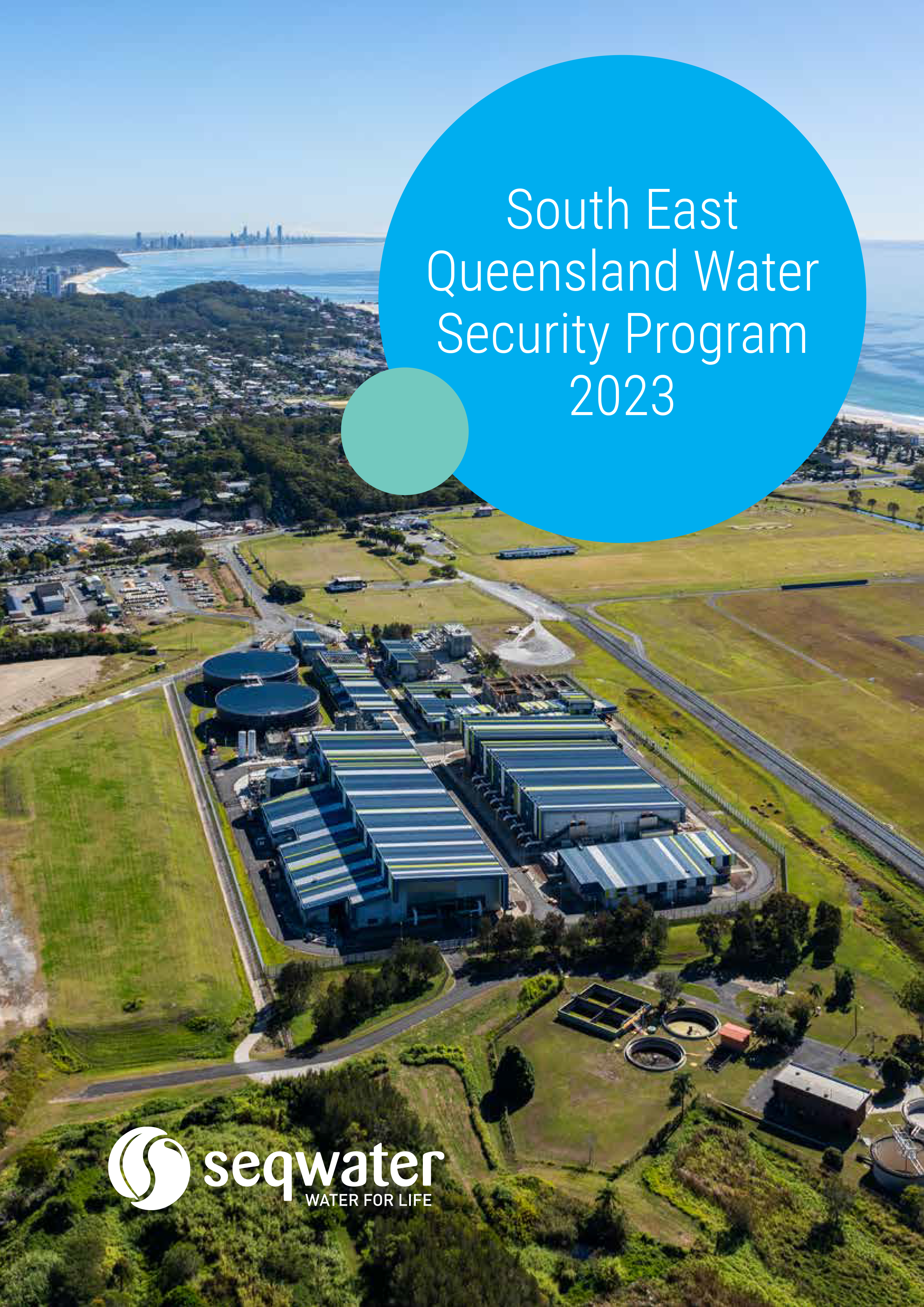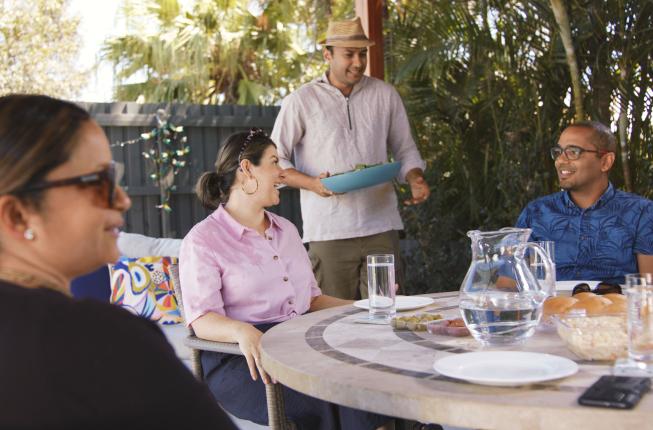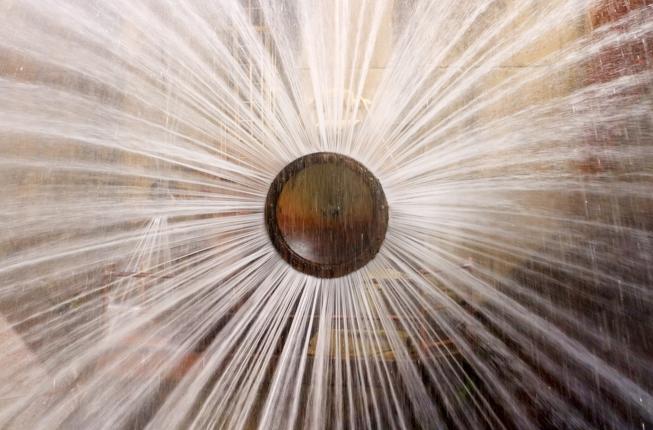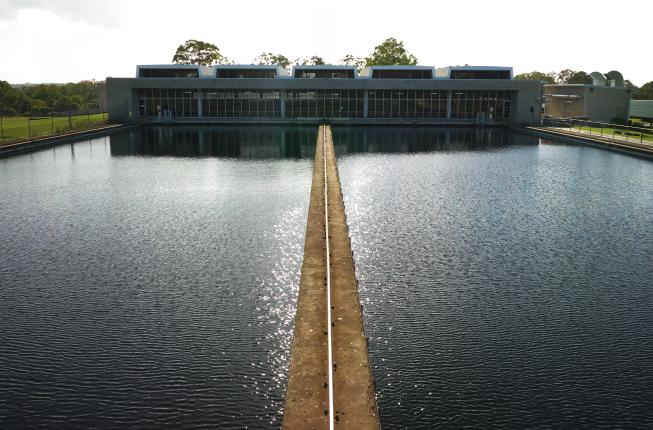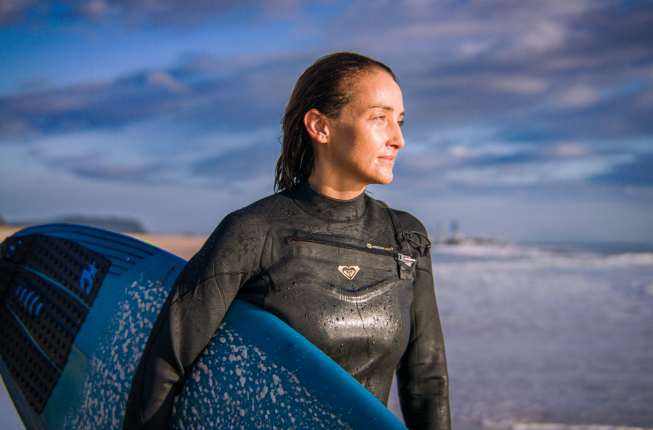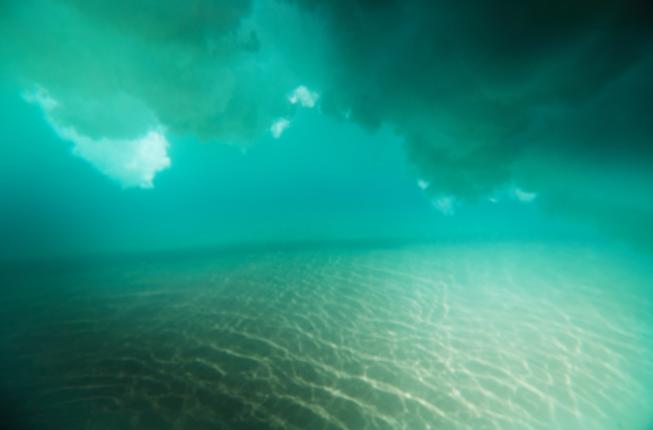Water Security
South East Queensland (SEQ) has a safe, reliable and resilient water supply system, stemming from careful and ongoing water security planning and a diverse asset base.
Under current levels of demand, our region has enough spare supply to manage through severe drought periods.
However, as SEQ’s population continues to grow, and we consider the potential impacts of climate change, it’s important we’re well prepared for the future.
Seqwater’s Water Security Program 2023 (WSP2023) sets out a 30-year plan to ensure we continue to maintain high levels of water security for South East Queenslanders.
The Water Security Program builds on the strengths and opportunities offered by SEQ's existing bulk water infrastructure, outlining a number of major strategies for future water security including:
Reviewing SEQ Water Grid operations to ensure they are continuously optimised to match available water supplies with current and projected water demands.
Proceeding with the planning and connection of supplies from the Logan River, including Wyaralong Dam, to the SEQ Water Grid, and a new water treatment plant.
Working with power station customers to update projected water demands and ensure optimised supply and best use of the Grid.
Progressing the development of a business case to investigate the proposed upgrade of the existing Gold Coast Desalination Plant at Tugun to increase capacity.
Undertaking a detailed business case to explore opportunities for a new desalination plant for the region (likely to be required by 2035) including potential locations, capacity and timing of delivery.
Examining further opportunities to utilise the Western Corridor Recycled Water Scheme to supply to industry and agricultural customers to offset some potable demand. The Scheme will also continue to remain a drought response measure.
Working with SEQ Retailer Customers - Urban Utilities, Unitywater, Logan Water, Redland City Council and the City of Gold Coast - to update and refine water demand forecasts to inform ongoing planning and ensure timely and efficient investment in water infrastructure.
Ensuring SEQ is well placed to maintain sufficient supply during the 2032 Brisbane Olympic and Paralympic Games to meet demands from the transient population.
Water for Life
Enhancing the SEQ Water Grid
South East Queensland’s population is set to grow. From the Sunshine Coast to the Gold Coast, the SEQ Water Grid is the backbone of SEQ’s bulk water supply network to ensure we meet demand.
Connecting a range of dams, treatment plants, reservoirs and pump stations, the SEQ Water Grid allows treated drinking water to be moved around the region as required via 600 kilometres of pipelines.
We’re constantly reviewing the operation of the SEQ Water Grid, and are making enhancements to the network to cater for growing communities.
Exploring more desalinated water
Converting those waves to fresh, clean drinking water.
A key strategy of the Water Security Program 2023 is exploring the increased production of desalinated water in South East Queensland.
Desalination is the process of removing salt and impurities from seawater to produce safe, clean drinking water – without relying on rain.
Maintaining a diverse mix of bulk water sources, inclusive of climate-independent sources, is key to addressing water security challenges.
Supporting industry and agriculture
In addition to providing safe, reliable drinking water for South East Queenslanders, Seqwater also delivers water to 1,200 irrigation customers and industry customers for electricity production.
We’re working with power station customers to update projected water demands and ensure optimised supply and best use of the SEQ Water Grid.
We’ll also examine further opportunities to utilise purified recycled water to supply to industry and agricultural customers to offset some potable demand.
Planning for drought periods
South East Queensland can be subject to a climate of extremes.
Our region has a comprehensive Drought Response Plan in place which outlines the different actions and mitigation measures we take in accordance with dam levels across the SEQ Water Grid.
As part of the Water Security Program 2023, Seqwater has updated the drought response plan, which has been tested through modelling and achieves the desired level of service objectives set by the Queensland Government.
Maintaining a diverse mix of bulk water sources, inclusive of climate-independent sources, is key to addressing water security challenges. In addition to the Gold Coast Desalination Plant, the Western Corridor Recycled Water Scheme is an important climate-resilient drought response measure and can be considered should SEQ Water Grid storage levels fall below 40%.
We regularly check Water Grid storage levels, consumption and other factors which impact our water security position. Where needed, we adapt our operation of the Water Grid and implementation of our planning to reduce water security risks. Our Water Security Status Report provides information on our Water Grid Storage levels and drought response for the Water Grid and off-grid communities.
Water Security Status Reports
- December 2024
- October 2024
- August 2024
- July 2024
- May 2024
- March 2024
- January 2024
- December 2023
- November 2023
- October 2023
- September 2023
- August 2023
- May 2023
- February 2023
- April 2022
- March 2022
- January 2022
- December 2021
- November 2021
- October 2021
- September 2021
- August 2021
- July 2021
- June 2021
- May 2021
- April 2021
- March 2021
- February 2021
- January 2021
- December 2020
- November 2020
- October 2020
- September 2020
- August 2020
- July 2020
Off-grid Drought Response Plans
Our drought response approach is adaptive to allow actions and triggers to adjust to demand, climate, severity of drought and other external factors. Drought response is triggered when the SEQ Water Grid reaches 60%.
While most of South East Queenslanders are serviced by the SEQ Water Grid, there are about 55,000 people living in off-grid communities - rural towns and islands that are not connected to the Grid, but form part of the bulk water supply system.
Each of these off-grid communities have their own local water source and management of this water is supported by the following drought response plans:
- Beaudesert Drought Response Plan
- Boonah-Kalbar Drought Response Plan
- Canungra Drought Response Plan
- Dayboro Drought Response Plan
- Jimna Drought Response Plan
- Kenilworth Drought Response Plan
- Kooralbyn Drought Response Plan
- Linville Drought Response Plan
- Minjerribah (North Stradbroke Island) Drought Response Plan
- Rathdowney Drought Response Plan
Water Security Annual Reports
